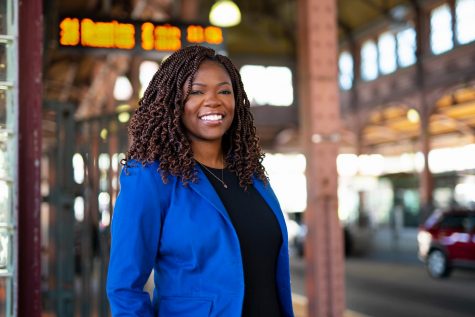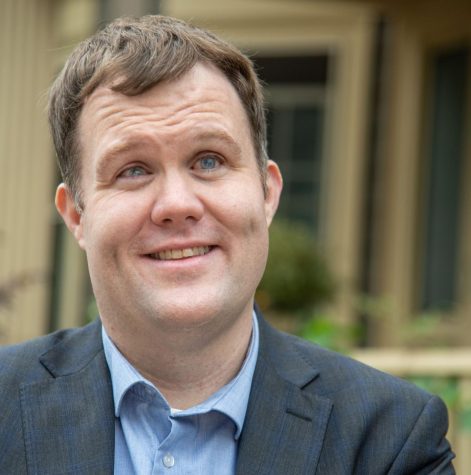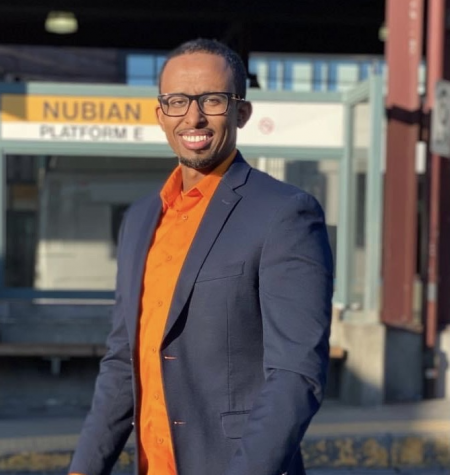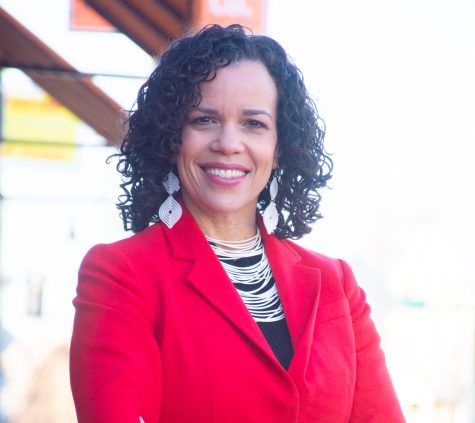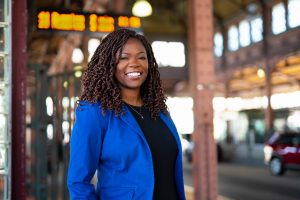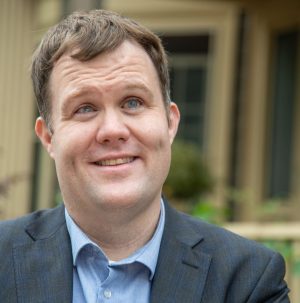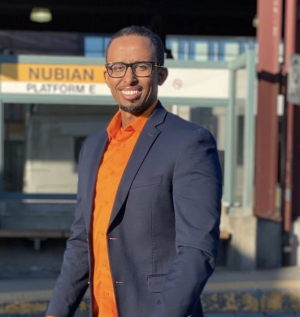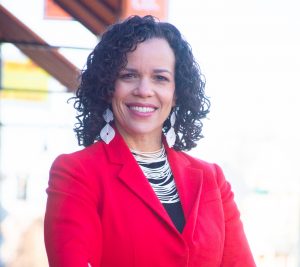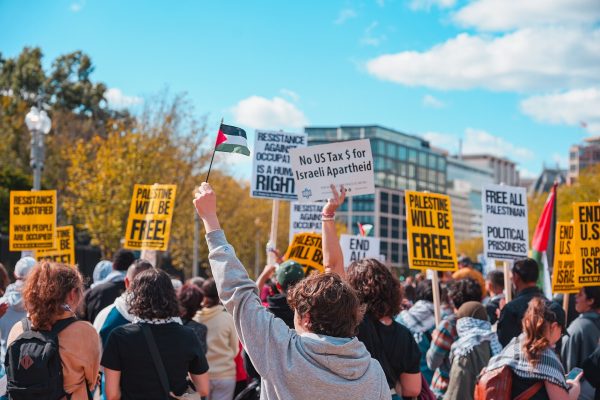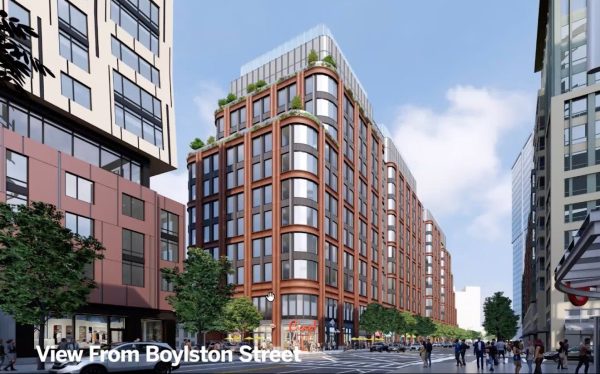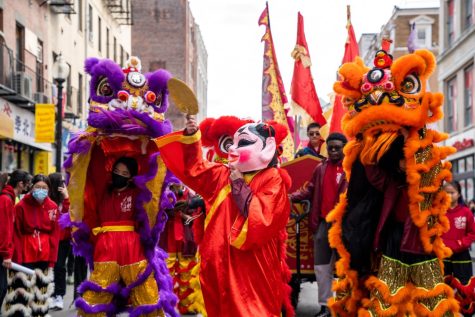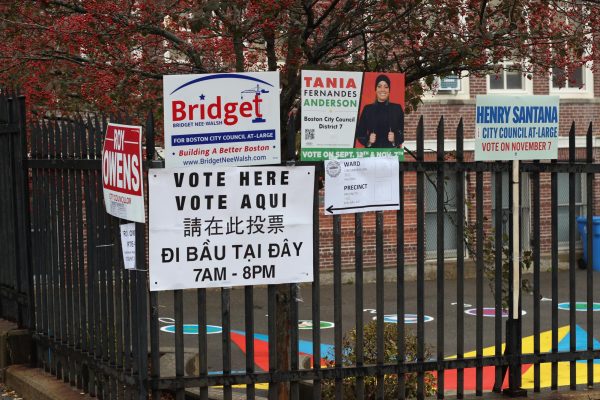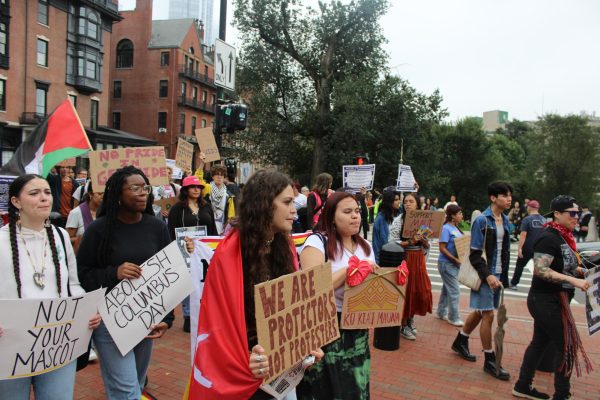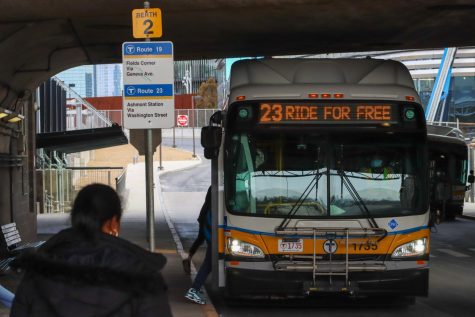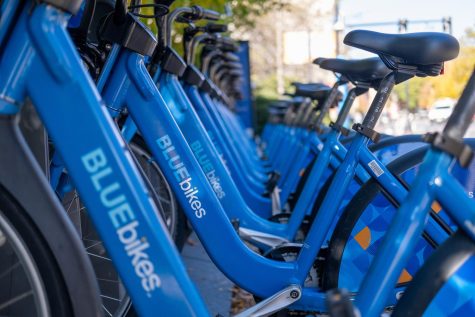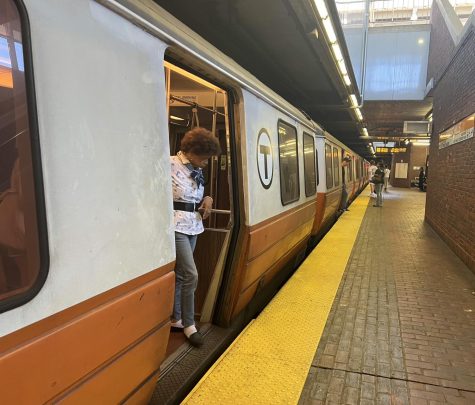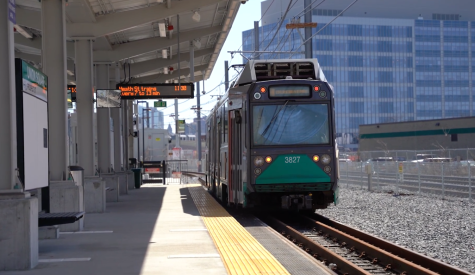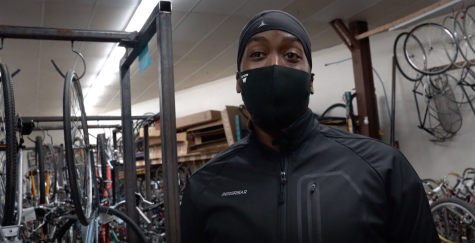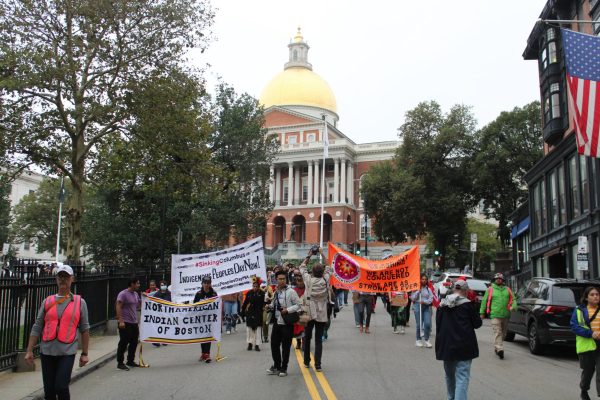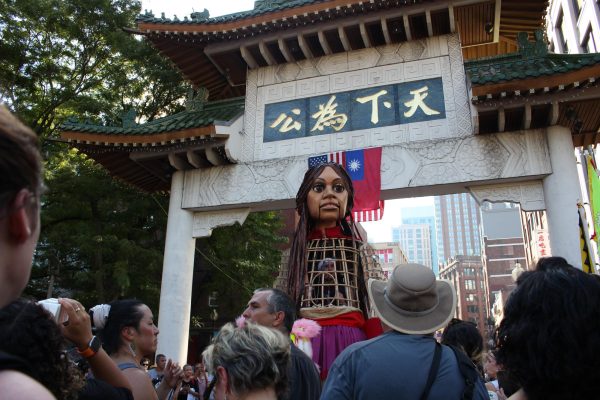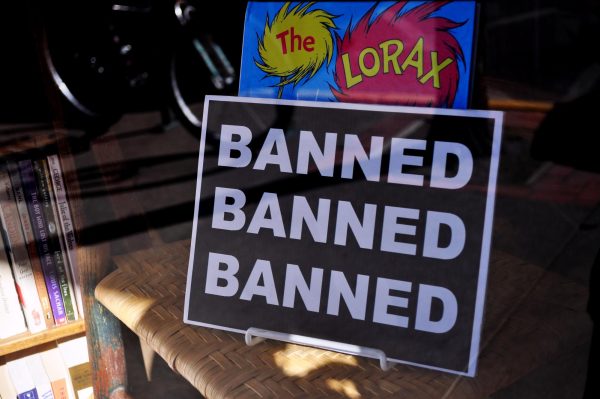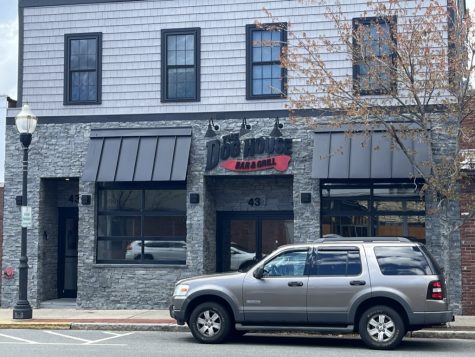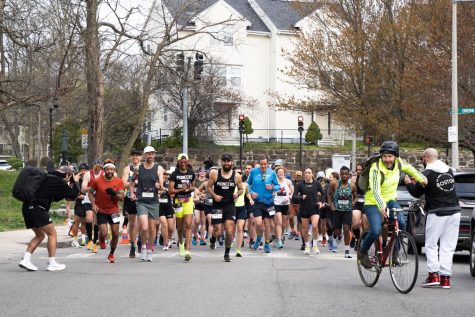Dorchester residents divided over fare-free bus program
Editor’s Note — The Scope partnered with students from Ha Ta’s “Digital Storytelling and Social Media” course at Northeastern’s School of Journalism to conduct random person-on-the-street interviews with residents from Dorchester and Mattapan about public transportation and, in particular, the three MBTA bus routes that have been made fare-free recently. In each neighborhood, we stopped and spoke to more than a dozen people. Here’s what we found:
As the City of Boston pushes forward with efforts toward fare-free public transit, riders have mixed views.
As of March 1, MBTA bus routes 23, 28 and 29 will be fare-free for the next two years. This move is an expansion of the pilot program that, in August 2021, eliminated fares for Route 28 — subsequently making that route the most popular throughout the bus system. Together, the 23, 28 and 29 serve residents of Mattapan, Dorchester and Roxbury, connecting them to the broader network.
Route 28’s ridership increased by 22% following the pilot, according to Stacy Thompson, executive director of the nonprofit LivableStreets Alliance. Additionally, 5% of people riding Route 28 said they would have driven a personally owned vehicle if not for the elimination of the fare. Although 5% may seem like a small margin, it has a significant impact on congestion, Thompson said.
“So that’s actually mode shift, and a 5% shift is actually a very big deal, especially if you care about climate change and congestion,” Thompson said.
Some Boston residents are excited about the program — like Nuciene, a resident of Mattapan who was only comfortable providing her first name. Nuciene regularly relies on the MBTA to get to work and to see her son.
“I always get on [the] 28 and 23, so that’s wonderful that Michelle Wu is doing that,” she said.
Bob, a 66-year-old resident of Barnstable, who was only comfortable providing his first name, said he has a daughter who lives in Dorchester. He personally doesn’t ride the bus often, but he said the program is important for people who do.
“I think it’s a wonderful thing to do,” he said. “You know, people can’t afford cars. It’s important for them to have transportation to get to work. I think all the buses should be free.”
For Bryan Horgan, a 56-year-old resident of Dorchester who works for a public health nonprofit, the successful implementation of the fare-free program has come as a welcome surprise.
“When Mayor Wu first proposed it on the campaign trail, I thought it was a pipe dream,” Horgan said. “I was actually pretty surprised that, once she was sworn in, she made it a priority. She got together with the City Council, and she found the money … I thought it was very impressive.”
Others, however, are somewhat dissatisfied with the routes chosen for the program.
Patricia Potter, a 38-year-old resident of Dorchester, said it would be more useful if the 17 or the 15 were fare-free. For Nuciene, it would be nice if the 21 buses were fare-free in a future expansion.
Similarly, 48-year-old resident of Dorchester and an employee of a bank, Juan Soler, said he would like to see further expansion of the program, as he doesn’t benefit from these three routes in particular.
“I believe there are a lot more people that can benefit from it,” Soler said. “I think it’s a good start, but I would like to see other areas, not just those three routes.”
Soler also expressed dissatisfaction with waiting times, saying that “taking the 28 takes too long. You’ll be waiting 30 to 35 minutes for this.”
Kelly Bransfield, a 51-year-old retired resident of Dorchester, said she approves of the program and hopes it will help those for whom bus fares are burdensome. However, she has concerns about the rationale for selecting these routes in particular.
“It’s kind of like you’re putting it in those bus routes in that area for, like, saying that they’re poor because it’s a majority of Black and Puerto Ricans … there’s probably going to be an issue on that,” Bransfield said.
However, Thompson supports the routes chosen for the program and said their selection was data-driven. Firstly, the options were limited to those routes that “started and ended in the city of Boston,” which naturally excluded some routes that were otherwise of interest.
Given these limitations, the city’s final determination on the 23, 28 and 29 routes was partially based on research from advocacy groups demonstrating that these routes serve communities disproportionately impacted by inequities in the MBTA bus system. The city’s sources in its decision-making process included, for example, LivableStreets’ “64 Hours: Closing the Bus Equity Gap” and “Getting Boston on Board” reports.
“Some of these routes and neighborhoods were specifically identified in those reports as needing better and additional service,” Thompson said. “So they used both ridership data, the demographics of the folks who ride those buses and a data-driven approach from outside advocates like LivableStreets to say, ‘Look, where can we get the biggest bang for our proverbial buck?’”
John Foster, a 27-year-old resident of Dorchester who works in hotel real estate, hadn’t heard of the program. He said he uses the trains but never the bus system, and fare-free programs are unlikely to change that.
“I don’t know if free versus cheap makes a difference to me, personally,” Foster said. “You know what I mean? I’d be willing to pay two dollars or a dollar, whatever it is.”
Others had misconceptions about where the funding for the program is coming from. Suzanne Whitney, an office manager who lives in Dorchester, said she would not approve of further expansion to the program because she believes this would raise the price of her weekly MBTA pass. Another Dorchester resident, a 42-year-old self-contractor who identified himself as “M,” said he believes MBTA employees will be paid less due to the program. The city of Boston said in its announcement that the two-year fare-free program is funded through $8 million in federal funding.
Thompson said the average person should care about this program for a number of reasons, even if they don’t feel it personally benefits them.
“The bus ridership was more resilient than any other type of ridership across the system during the pandemic, and ‘resilient’ meaning people continued to ride it even at the height of the pandemic,” Thompson said. “And that was low-income people, people who are most in need and essential workers.”
Thompson also said she would “encourage people to think about libraries and public schools as a good corollary to this.” In other words, someone who supports libraries being free, even without personally utilizing them, should think about public transit in the same way.


